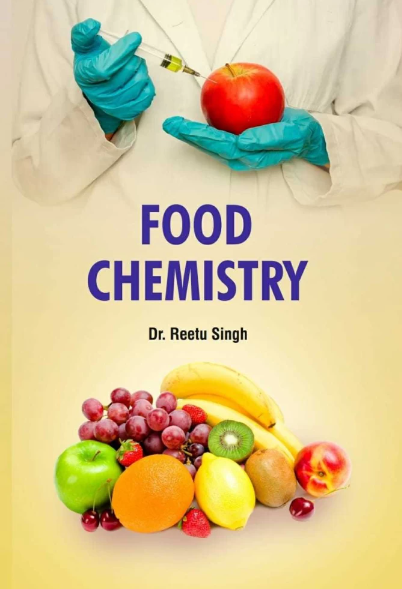Controllable selenization strategy for in-situ construction of V2CTx MXene-based multiphase electrode materials for simultaneous detection of hydroquinone and catechol in drinking water and beverages
IF 8.5
1区 农林科学
Q1 CHEMISTRY, APPLIED
引用次数: 0
Abstract
Hydroquinone (HQ) and catechol (CC) are toxic isomers with similar structures that often coexist, leading to interference during detection. In this study, we employed a controllable selenization strategy to construct V2CTx MXene-based multiphase electrode materials (VSe2@V2O3@V2CTx MXene) for the simultaneous detection of HQ and CC. Electrochemical tests revealed VSe2@V2O3@V2CTx MXene modified electrode exhibited low electrochemical impedance, a large active surface area, and excellent electrocatalytic performance. The sensor demonstrated linear detection ranges for HQ and CC from 0.5 to 600 μM, with limits of detection 0.144 μM and 0.131 μM, respectively. Additionally, it exhibited excellent repeatability, reproducibility, selectivity, and stability. The practical applicability of the sensor was confirmed through testing in drinking water and beverages, showing satisfactory recovery rates. This work expands the application of V2CTx MXene in the field of electrochemical sensing and offers new insights for food safety monitoring.


对苯二酚(HQ)和邻苯二酚(CC)是结构相似的有毒异构体,它们经常共存,导致检测过程中的干扰。在本研究中,我们采用可控硒化策略构建了基于 V2CTx MXene 的多相电极材料(VSe2@V2O3@V2CTx MXene),用于同时检测 HQ 和 CC。电化学测试表明,VSe2@V2O3@V2CTx MXene修饰电极具有较低的电化学阻抗、较大的活性表面积和优异的电催化性能。该传感器对 HQ 和 CC 的线性检测范围为 0.5 至 600 μM,检测限分别为 0.144 μM 和 0.131 μM。此外,它还具有出色的重复性、再现性、选择性和稳定性。通过在饮用水和饮料中进行测试,证实了该传感器的实用性,其回收率令人满意。这项工作拓展了 V2CTx MXene 在电化学传感领域的应用,并为食品安全监测提供了新的见解。
本文章由计算机程序翻译,如有差异,请以英文原文为准。
求助全文
约1分钟内获得全文
求助全文
来源期刊

Food Chemistry
工程技术-食品科技
CiteScore
16.30
自引率
10.20%
发文量
3130
审稿时长
122 days
期刊介绍:
Food Chemistry publishes original research papers dealing with the advancement of the chemistry and biochemistry of foods or the analytical methods/ approach used. All papers should focus on the novelty of the research carried out.
 求助内容:
求助内容: 应助结果提醒方式:
应助结果提醒方式:


